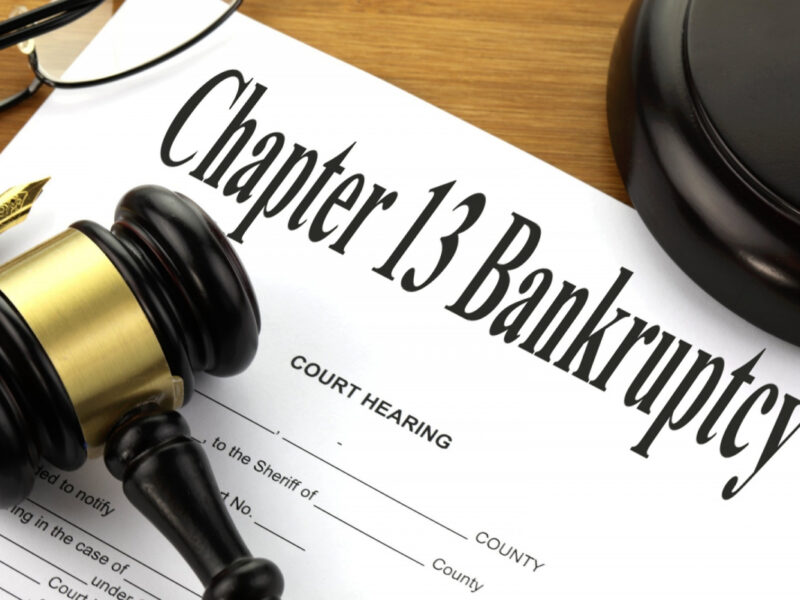Because Code § 506(a) states that “[a]n allowed claim of a creditor secured by a lien on property in which the estate has an interest … is a secured claim to the extent of the value of such creditor’s interest in the estate’s interest in such property,” a claim may be valued under § 506(a) only where the claim has been allowed. As a result, a Chapter 13 debtor cannot value a claim under § 506(a) where the creditor has not filed a proof of claim and the debtor has not filed a proof of claim on behalf of the creditor as allowed under Code § 501(c). See In re King, 165 B.R. 296 (Bankr. M.D. Fla. 1994); In re Callahan, 251 B.R. 170 (Bankr. S.D. Fla. 2000). In re Brager, 28 B.R. 966 (Bankr. E.D. Pa. 1983), which reached the opposite conclusion under the prior version of § 506, was based in part on an outdated view from Collier on Bankruptcy.
Code § 1322(b)(2), in conjunction with valuation of a claim under Code § 506, authorizes a Chapter 13 debtor to “strip off” a wholly unsecured junior lien through a confirmed plan. But here, where the debtors could not apply § 506(a) to determine whether a junior lien was secured or unsecured, the debtors could not strip off the allegedly unsecured junior line under § 1322(b)(2). An unsecured junior lien could not be stripped under Code § 1322(b)(2) where claim could not be valued under § 506(a).
